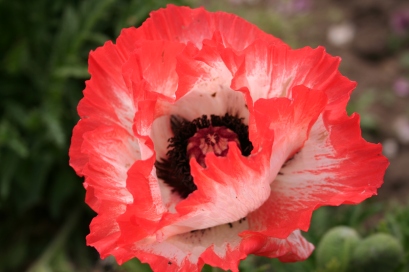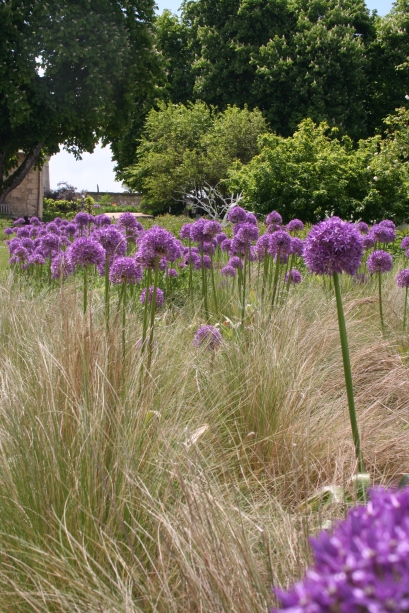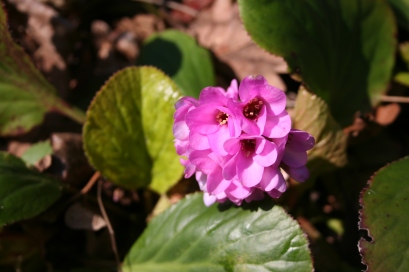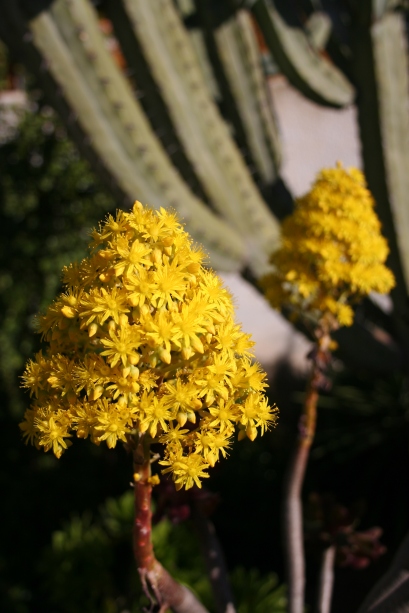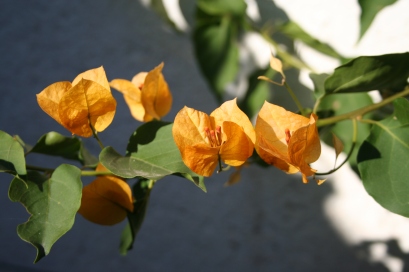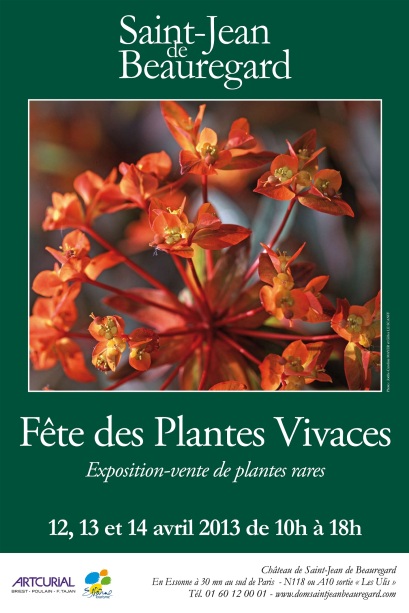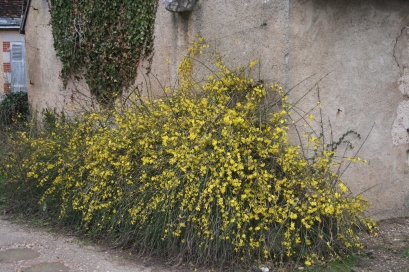In the past the changing seasons meant a change of diet as food availability came and went with the progress of the year. The advent of the supermarket produced a demand for foods to be available all year round so that nowadays, almost everything can be bought and eaten at any time. I have always thought this a pity and wonder if it is we who have demanded this, or the supermarkets that choose to offer us what they feel we will buy. Who would want to forgo the pleasures of the first strawberry of the year by eating them every day? A list of delights of this type would be endless.
Living in the centre of rural France, things are a bit different. Local supermarkets and markets do respond to the seasons and offer produce grown locally in their true season. Friends ring us up to share their most recent harvest and we do the same, giving away bagfuls of whatever produce the garden has graced us with at this particular moment. We also love collecting wild food but this year has been a poor one in our region for one of our favourites, Cepes (Boletus) mushrooms.
Today however, just as we were beginning to start work on the day’s projects, a friend rang and offered to take us to her favourite wood for Chanterelle mushrooms, one of nature’s finest delicacies. In France no one ever tells you where they pick their mushrooms, so how could we refuse? As we wound our way through the country lanes toward our goal I began to wonder if our host was deliberately trying to get us lost. But it was a lovely day, cool but sunny, so I drove where I was told, knowing I could sneak back another day if necessary.
We were directed up a track through the vineyards, where workers were busily pruning the vines, eventually coming to a pine forest in which we were shown to our friend’s favourite parking spot. Coats on and baskets out, we pushed through the undergrowth to the centre of the wood and were not disappointed: there were Chaterelles everywhere!
An hour or so later we had picked enough for the year but our friend was keen to continue. We eventually dragged her away and on returning home started to prepare the 10 kg of “food for Free” we had picked. The base of the stem was removed and the mushrooms washed, then lightly heated in a pan to remove some of the water. Finally they were packed into jars to be sterilised and sealed, available to enjoy for the next year or so. Our diner that evening consisted of veal escallopes with onions, garlic and a generous helping of Chanterelles, cooked in a cream sauce. Life doesn’t get much better really.
Talking to some of the older folks in the market today, they are predicting a cold winter. There is a very heavy crop of acorns in the Oak woods and, thinking of what a similar generation would have told me in England, no shortage of berries on Pyracantha, Holly and other shrubs. At the moment the weather is gentle enough; all will be revealed, I have no doubt. The dry weather over the last few weeks has also produced a few frosts, but is allowing me to get out to do some weeding finally, after months working and touring with students and other clients.





